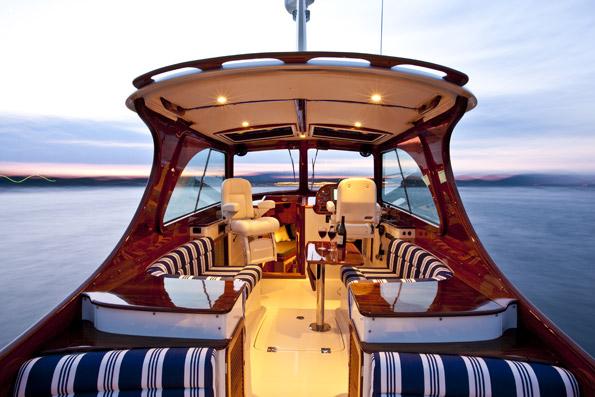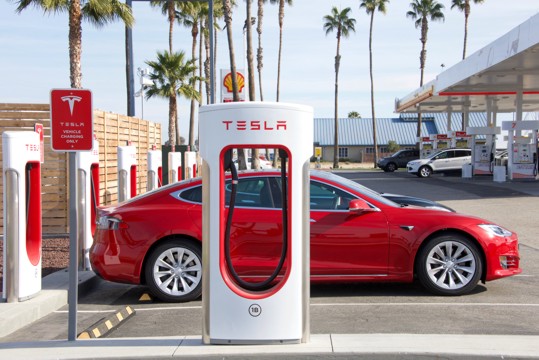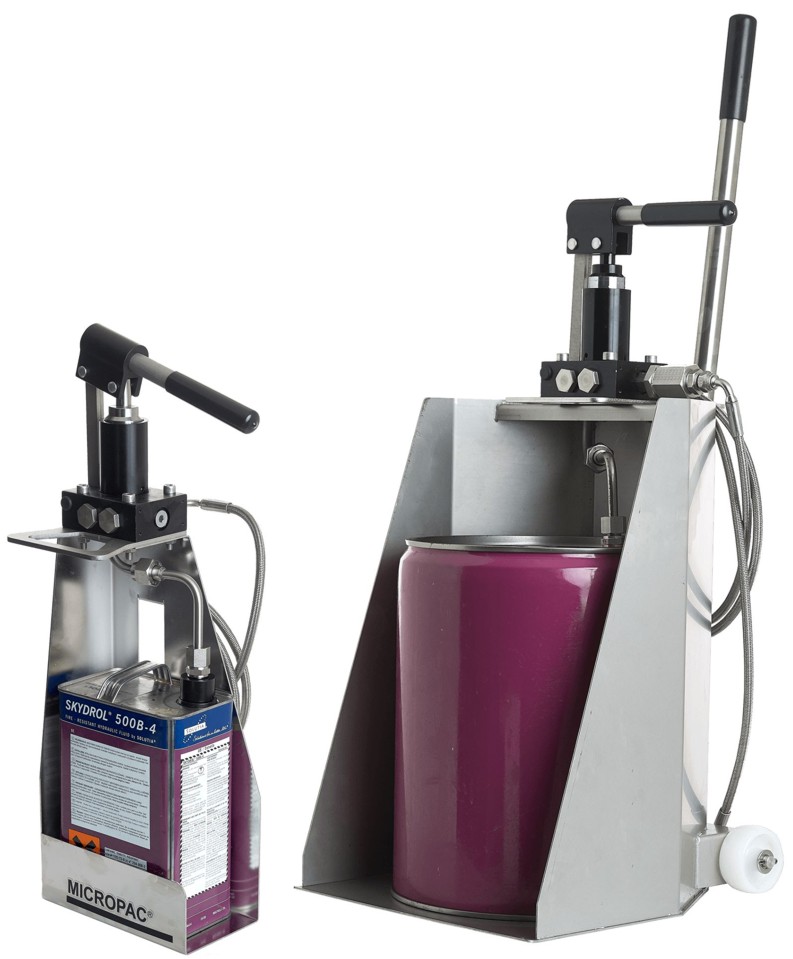At Lymington Yacht Haven, Sarum Hydraulics regularly spots the most beautiful Hinckley 36 foot Picnic Boat, fitted with a pair of simply monstrous 400 horsepower Hamilton water jet drives. What’s the story on this boat? Where are we with jet drives? Has their time come for the mass market?
A stroll round Southampton Boat Show last week provided a few answers.
Water jet drives go back years. First came the Dowty unit and today, Castoldi still manufacture Water Jet drives in their droves. Hamilton Jets from New Zealand pushed development on significantly and today they are a definitive name, recognised for a great product across the globe. Speeding up to fast ferries, pilot boats and commercial craft, the name on everybodys’ lips is the Rolls Royce Kamewa water jet driver. Often coupled to big MTU diesels, also a Rolls company, these promise superior quality and super smooth control. When you catch Rolls Royce jet units being fitted to a new generation of “LCS” US warships like USS Milwaukee, you are guaranteed power plants that will shift a warship through the water at over 40 knots. Quite some engineering!
Sarum Hydraulics was having a good scout round the Southampton Boat Show for jets. At the other end of the scale, we were looking at the highly regarded Williams tenders with their water jet units built in. Water jets have certainly worked for Williams and provide the cornerstone of their design, and one quickly notices a lot of Williams tenders on larger motor yachts in every big marina. No protruding stern gear, no prop to get snagged on lines and very easy to fit into a tender garage on a big motor boat. Don’t forget jet ski’s either, which base more or less their entire design around this type of drive.
This begs the question “If water jets are so great, why aren’t we all using them?”
Where to start? What about some very specific fans of water jets? We have probably all travelled on a fast ferry with water jet units. Sarum Hydraulics is very familiar with the Red Jet from Southampton Town Quay to West Cowes on the Isle of Wight. Thousands of people use the wonderful Thames Clipper vessels every day, which provide a great form of alternative travel in our fine capital. These are typically 25 plus metres long and able to travel up to 25 knots, so whether you are business or pleasure, it is undeniably a big boat travelling fast.
Unfortunately though, this costs money. And plenty of it too. In fact, it will cost a FORTUNE to operate anything this large moving this fast. For fast ferries travelling at these sorts of speeds, a water jet can offer an attractive deal. It can be optimised to be more efficient than conventional propellers at these higher speeds, you cannot overload the engine, you don’t need a gearbox with reverse and at SH we understand that the drive can often be direct coupled to the engine, eliminating the gearbox altogether. The flow of water can be directed easily and quickly using a hydraulic “bucket” or cowl, although for smaller craft people don’t seem over awed with using them in tight spaces. Operating costs are probably the big driver on fast ferries and similar craft. Jet drives must be the winner, judging by the massive number in use.
A very specialist user is the UK armed forces who use the Pacific 22 RIB. Made by Halmatic, this originally had a stern drive, but was later fitted with a Yanmar diesel and Hamilton jet drive. We suspect the very same pluses as apply to Williams are relevant in this case too. Conventional propellers are probably relatively bad news for a military rib where grounding, a rope in the prop and risk to divers are all truly disastrous and could put lives at stake.
Mike Burnham, the MD of The Boat Development Company, has years of experience building fast commercial craft and now the superb Seaward motor boats over in Cowes. These police, pilot and refined recreational boats with the Nelson pedigree invariably have twin counter rotating propellers and will literally turn on a sixpence. As Mike says “Whatever the benefits of water jets for some users, you just can’t get the manoeuvrability that you can achieve with twin screws and conventional stern gear like the Seawards.” We certainly agree. Watching a skilled helmsman manoeuvre a Seaward or Nelson is quite amazing.
Coming back to the exquisite Hinckley 36 foot Picnic Boat, it turns out that once again there is a very specific reason for opting for those massive jet drives. The design is based on a Maine lobster boat and those are home waters for the marque. Lobster pots and yet more lobster pots are a total nightmare for all power boaters, and jets are the fix. No fouled props and no damaged stern gear. There is some issue in manoeuvrability, so we suspect that Mike Burnham is right. Hinckley fit a hydraulic bow thruster and a very clever single joystick control for the jet “bucket” and thruster to work in tandem to give amazingly good manoeuvrability.
The bottom line seems to be that you look to water jet drives if you can achieve a big payback as with high speed ferries moving big craft at high speed year after year or if safety and convenience make it a unique proposition.
Sarum Hydraulics loves marine engineering. Even better if it incorporates one of our 316 stainless steel hydraulic hand pumps. See what we do on www.sarum-hydraulics.co.uk .








Leave A Comment